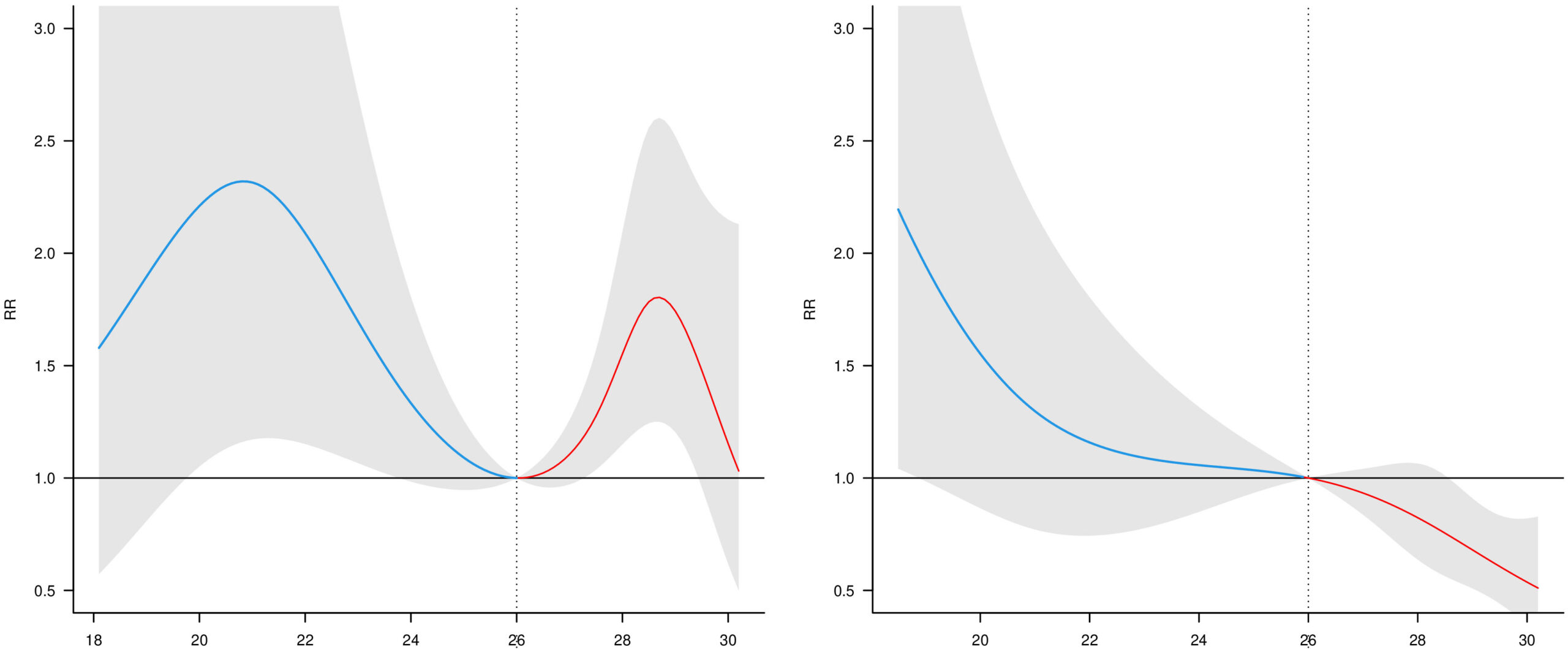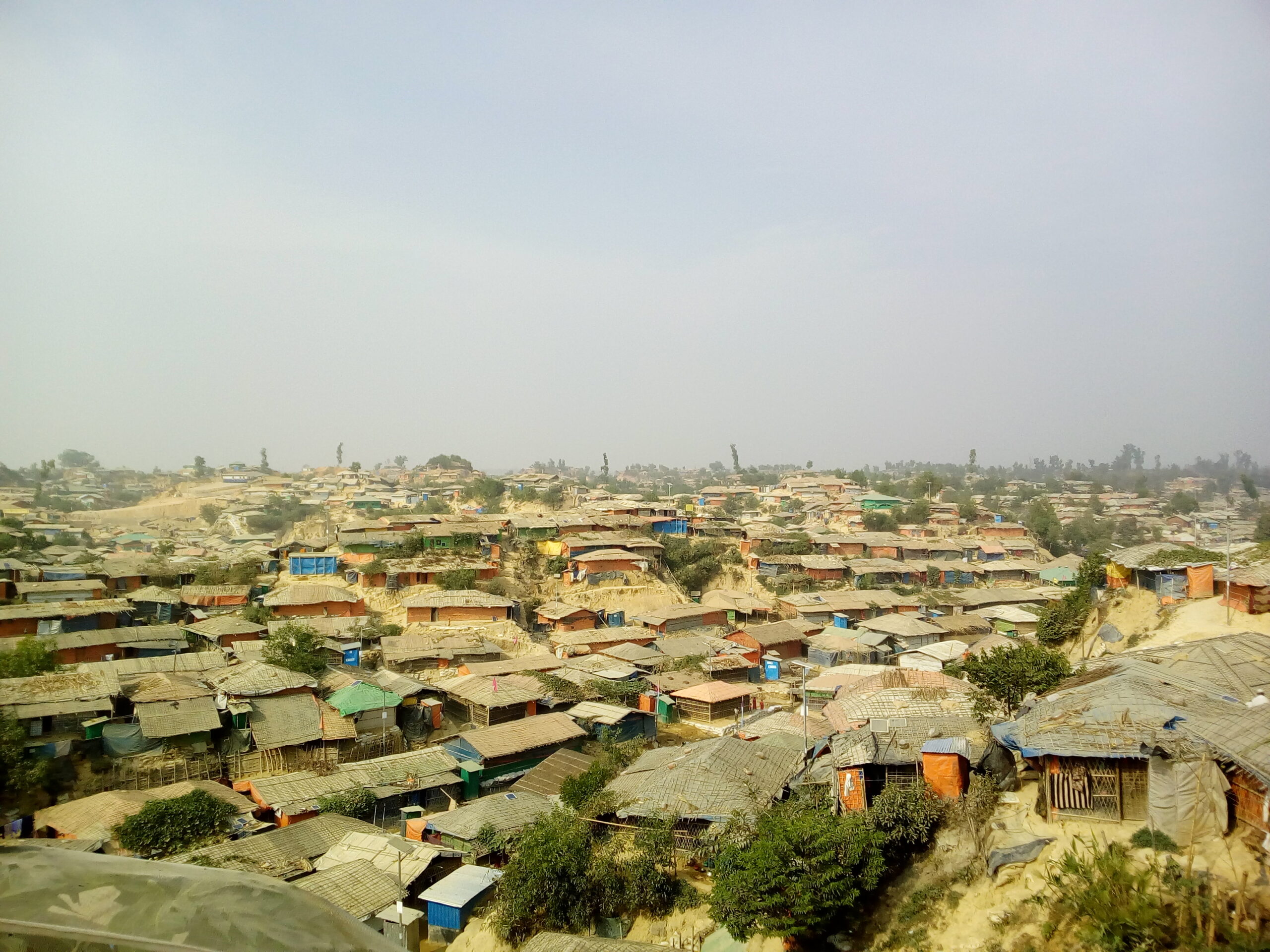Colder temperatures are linked with increased risk of diarrhea among Rohingya refugees in Bangladesh, emphasizing the need for climate-sensitive health strategies in refugee settings.
A new study by scientists at Hokkaido University has found that lower temperatures significantly increase the risk of gastroenteritis among Rohingya refugees living in Bangladesh's Kutupalong and Nayapara camps. Gastroenteritis is a viral or bacterial infection that causes inflammation of the stomach and intestines, resulting in diarrhoea, vomiting, and stomach pain. Published in JAMA Network Open, the study is the first to explore how temperature affects stomach illnesses in displaced populations, emphasizing the need for better climate-related health strategies to protect these vulnerable communities.
The Rohingya are among the largest stateless populations in the world, accounting for one-seventh of the global stateless population. Bangladesh has hosted several waves of Rohingya refugees since 1948, with a significant increase in 2021 due to escalating unrest in Myanmar. Today, an estimated 918,898 Rohingya live in 34 camps in Cox's Bazar, Bangladesh. These camps are overcrowded, with populations reaching up to 60,000 people per square kilometer, which creates severe public health challenges. Infectious diseases, such as respiratory infections, viral fever, and diarrhea, are widespread due to unsanitary conditions, reliance on contaminated shallow wells, and limited access to clean water, particularly during the dry season.
The study, which analyzed data from over 64,000 cases of gastroenteritis recorded in UNHCR-run clinics between 2019 and 2021, revealed a link between temperature changes and gastroenteritis risk. In Kutupalong, researchers found that the risk increased when temperatures either dropped or increased beyond the reference temperature of 26°C. This suggests that both extreme cold and extreme heat contribute to a higher number of gastroenteritis cases. In Nayapara, as temperatures fell, the risk of gastroenteritis steadily increased, with no clear threshold or turning point.
A key finding of the study was that colder weather tended to have a delayed effect, with the peak number of gastroenteritis cases occurring about two and a half weeks (around 18 days) after exposure to cold temperatures. This delayed effect was consistent in both camps.

Gastroenteritis risk curves by temperature in Kutupalong (left) and Nayapara camps (right), Cox's Bazar, Bangladesh. In Kutupalong, the risk is lowest at 26°C, while in Nayapara, the risk decreases as the temperature rises. (Takuya Takata, Xerxes Seposo, et al. JAMA Network Open. April 18, 2025)
"Research has shown that viral gastroenteritis, such as that caused by norovirus and rotavirus, are more common in colder weather and can last for up to two weeks. In contrast, warmer temperatures create favourable conditions for bacterial infections like Salmonella and Campylobacter, which typically cause illness for a few days to a week," explains Associate Professor Xerxes Seposo of the Department of Hygiene, Graduate School of Medicine at Hokkaido University, the study's corresponding author and joint first author. "Our study highlights how cold weather can drive the spread of gastroenteritis in refugee camps, where poor sanitation and limited access to clean water make infections even more difficult to control."
The study emphasizes the growing threat that climate change poses to global health, especially for refugee populations. As population displacement rises, understanding how weather impacts disease risks in these displaced populations (i.e. refugee camps) becomes increasingly important. "While it is important to acknowledge the documented health risks faced by these vulnerable populations, greater emphasis and action are needed to strengthen the climate resilience of their healthcare systems," said Takuya Takata of the Department of Hygiene at Hokkaido University, the study's other joint first author.
This study offers important insights into the health challenges posed by climate change. "As the Rohingya refugee population is expected to continue growing, policymakers and humanitarian organizations must act quickly to ensure these communities receive the support and resources necessary to adapt to the unpredictable effects of climate change," Seposo concludes.

Clockwise from top left: Takuya Takata, Xerxes Seposo, Nasif Hossain, Kayo Ueda, authors of the study. (Photos provided by Xerxes Seposo)
Original Article:
Takuya Takata, Xerxes Seposo, et al. Air Temperature and Gastroenteritis among Rohingya Populations in Bangladesh Refugee Camps. JAMA Network Open. April 18, 2025.
DOI: 10.1001/jamanetworkopen.2025.5768
Funding:
This study was funded by the Environment Research and Technology Development Fund S-20 (JPMEERF21S12006), the 1-2307 (JPMEERF20231007) of the Environmental Restoration and Conservation Agency provided by the Ministry of Environment of Japan, and Japan Society for the Promotion of Science KAKENHI grant (22K17374).







